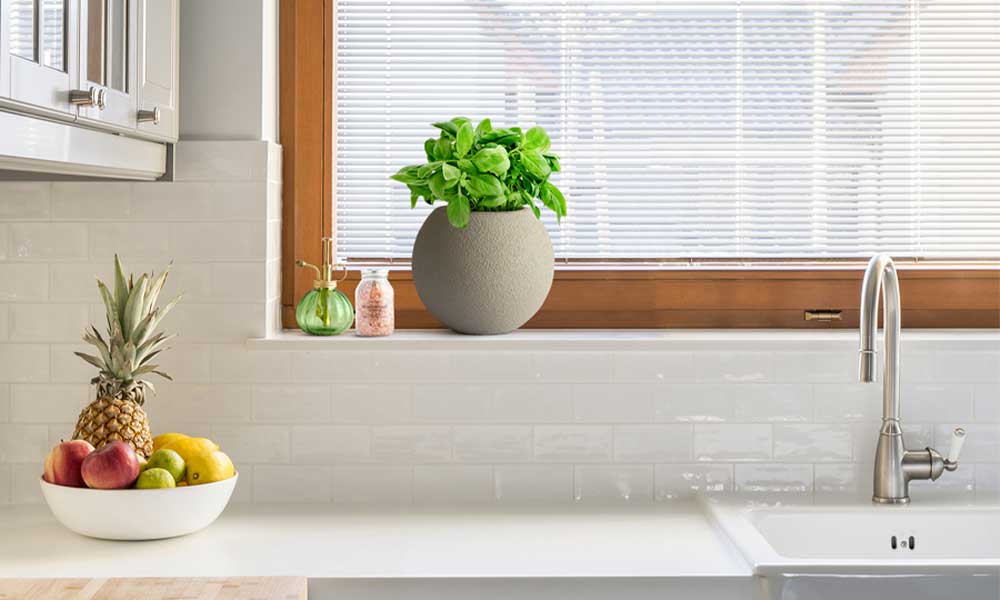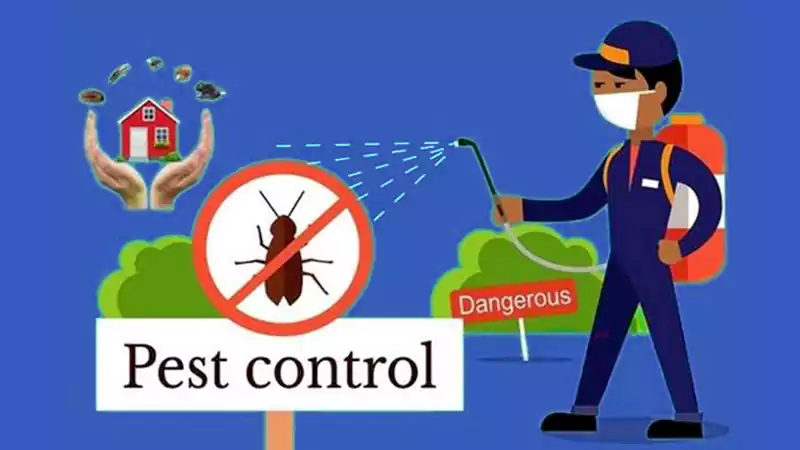Plant selection is one of the crucial steps in creating your unique garden design or transforming your outdoor space. Choosing suitable garden plants will depend on numerous factors. You need to analyze what soil you have, how much sun impacts your garden and also take into account your preferences and the preferences of your family members. There are lots of things to consider while you are working on your planting scheme.
If you feel overwhelmed with planning your garden scheme, let us give you a few pieces of advice. In this article, we offer a universal guide to help you create your perfect planting scheme. Keep on reading this article to get excellent backyard flowers and plants ideas.
Analyze the Size of Your Future Garden
It is impossible to fit in a whole forest of trees in an average yard behind the house. So the first piece of advice is to be adequate about the size of your room for the future garden. This is an essential first step that lets you make realistic decisions about the height and size of your trees and bushes, furniture, and other areas such as lawns and pavements.
If you plan to go for container gardening, you will even be able to measure the spaces every plant will take and change your garden if you don’t like the way it is going to look.
Сhoose Your Plants Based on Your Soil Type
Planting gardens is not only about the aesthetics of different plants, it is also about something beneath. Your soil type and its pH is the key factor for choosing plants, and are even more important than just the way your plant looks. You need to learn more about different types of soils and the plants that are suitable for your garden. However, if you think that your soil type isn’t good enough for the landscape plants you are going to place in your garden, you can work on improving its quality. Here are the 6 main types of soils:
- clay
- peaty
- chalky
- salty
- silty
- loamy
To define the pH of your soil, you can buy a pH defining kit in a specialized gardening store. You also need to learn more about the texture and consistency of your soil to realize how much watering and drainage your plants will need.
Get to Know Different Kinds of Plants
You need to study different plants you like and learn if they fit your future garden or not. If you see a tree or a flower and want to learn what kind of plant is this, you can do it with the help of your mobile phone. You just need to install a special app on your iPhone or Android device. One of such mobile apps is the Lily – Plant Identification solution. It helps you identify the plant and learn more information about it with a few taps on the screen.
You can ask your friends who already have a garden for some tips. They probably have the plants that you like and they can give their own recommendations on plant care. And if you don’t have such friends, there are lots of videos on YouTube. They can help you make the right choice.
Consider Your Climate
Do you live near the sea? What is the average temperature in your area in summer? How much snow does it usually fall in winter? How often does it rain? To make an informed decision on your plants, you need to analyze all these aspects. This will make your plants fit your climate and live in suitable conditions. Choosing the plants that suit your climate will also reduce the effort and money spent on caring about your plants.
Know the Sunny and Shady Areas
You need to know the shadiest and sunniest areas of your garden to know where to place the plants for the yard. Very often, shady areas are also drier than sunny, so you need to be very attentive while choosing the most suitable landscape plants for your garden.
Think About Plant Maintenance
Always think about how much time and effort you are ready to dedicate to maintaining your garden. If you don’t think you will be able to take care of your garden very often and thoroughly, it is better to choose plants that don’t require much maintenance.









